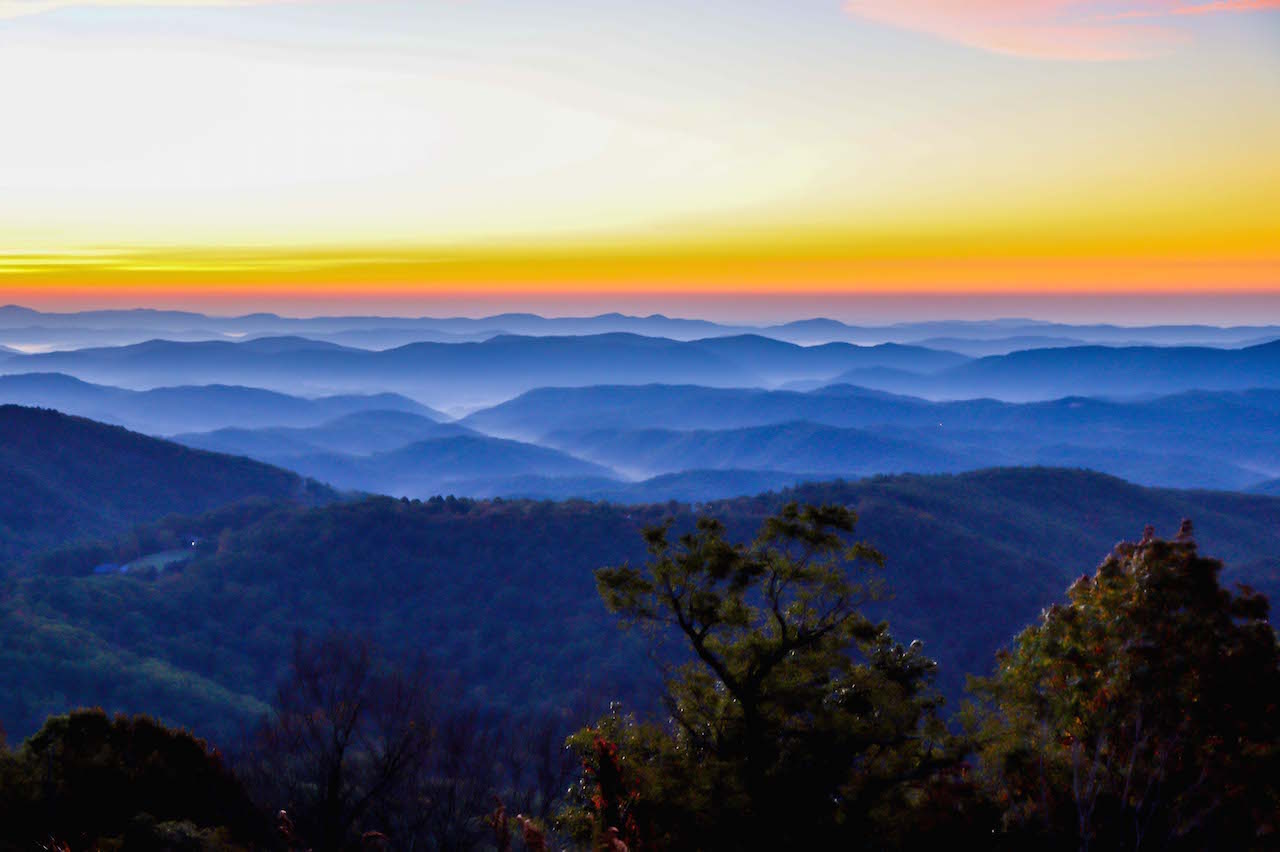Bolivia, a landlocked nation nestled in the heart of South America, is an intriguing tapestry woven from diverse cultures, breathtaking landscapes, and captivating folklore. This article delves into some of the most fascinating aspects of Bolivia, focusing on its salt flats, the majestic Andes mountains, and the rich mysticism that pervades its history and traditions.
The Salar de Uyuni: A Mirror to the Sky
No discussion of Bolivia is complete without mentioning the Salar de Uyuni, the largest salt flat in the world. Spanning over 10,000 square kilometers, this expansive salt crust resembles a stunning natural mirror. During the rainy season, a thin layer of water covers the salt, reflecting the sky’s hues with such clarity that visitors often feel as though they are walking on clouds. It’s a surreal experience, drawing photographers and travelers from across the globe, all yearning to capture this remarkable optical illusion.
The salt crust itself is composed mainly of sodium chloride, with lithium deposits lying beneath the surface. Bolivia possesses one of the largest lithium reserves in the world, making the Salar de Uyuni not only a picturesque destination but also a crucial site for future energy solutions due to lithium’s vital role in battery production.
Cultural Significance of the Salt Flats
The Aboriginal communities in the surrounding regions have lived harmoniously in and around the salt flats for centuries. The indigenous people, notably the Aymara and Quechua, view the Salar as more than just a geographical phenomenon; it is a vital element of their cultural identity. They harvest salt traditionally, creating artisanal blocks for both culinary and commercial uses. The reliance on this natural resource underscores the intrinsic connection between the land and the people who inhabit it.
The Andes: A Majestic Backbone
Forming a formidable spine that bisects the country, the Andes mountains are another iconic feature of Bolivia’s geographical narrative. These rugged peaks, which stretch over 7,000 kilometers through several South American countries, include several of Bolivia’s highest summits. Mount Illimani, often referred to as the guardian of La Paz, rises to an elevation of 6,462 meters, captivating mountaineers and adventurers alike.
The biodiversity of the Andes is astounding, harboring countless species of flora and fauna, many of which are endemic to the region. From the treacherous Andean condor soaring high above to the enchanting array of orchids blooming at lower elevations, the mountains offer a vibrant ecosystem teeming with life.
Incan Heritage and the Sacred Valley
The Andes are steeped in history, serving as the cradle for the mighty Inca Empire, which once ruled a vast territory in South America. Sites like Tiwanaku and Copacabana stand as testaments to the architectural brilliance of the Incas and their predecessors. The Sacred Valley, a short distance from Cusco, is renowned for its agricultural terraces and archaeological remains, showcasing the ingenuity of ancient agricultural techniques that still influence the region’s farming practices today.
Visitors often find themselves exploring ruins, hidden amongst sweeping valleys and towering peaks, each stone whispering tales of ancient deities and human ingenuity. The ruins of Pikillacta, a pre-Incan city, along with the iconic Machu Picchu, while located in neighboring Peru, resonate deeply within Bolivian history and culture.
Mystical Lore and Folklore
Bolivia’s culture is rich in myths and legends, woven intricately into the fabric of daily life. One of the most famous mythical figures is El Tío, the guardian spirit of the mines. Bolivians believe he roams the depths of the earth, offering protection to miners while also demanding respect through offerings of coca leaves, alcohol, and cigarettes. This duality reflects the reverence and fear that the Bolivians hold for both the mineral wealth they extract and the spirits that inhabit these subterranean realms.
Another captivating element of Bolivian folklore is the story of La Llorona, a ghostly figure mourning her lost children. She is said to wander the banks of rivers, lamenting her fate, and is often recounted as a cautionary tale to deter children from wandering too close to the water’s edge. This deep-seated cultural lore finds its way into the narratives passed down through generations, serving as a compelling reminder of Bolivia’s rich oral traditions.
Culinary Traditions: A Taste of Bolivia
Bolivia’s gastronomy reflects its diverse cultures and regions. Dishes such as salteñas (savory pastries filled with meat and vegetables) and pique macho (a hearty plate of beef, potatoes, and spices) highlight the country’s culinary heritage. The use of native ingredients such as quinoa, potatoes, and a variety of herbs and spices contributes to a flavor profile that is uniquely Bolivian.
Traditional markets, bustling with locals, offer a feast for the senses, showcasing vibrant fruits, textiles, and handicrafts. The culture of food in Bolivia isn’t merely about sustenance; it intertwines with social gatherings, celebrations, and everyday rituals, making meals a communal experience rooted deeply within its heritage.
Conclusion
In exploring Bolivia, one is enveloped in a realm where salt flats shimmer under vast skies, majestic mountains rise resolutely, and rich folklore imbues the land with a sense of mystical wonder. As travelers delve into Bolivia’s intriguing past and vibrant present, they encounter a nation that epitomizes the confluence of nature, culture, and history, making it an enchanting destination for those seeking adventure and enlightenment.





